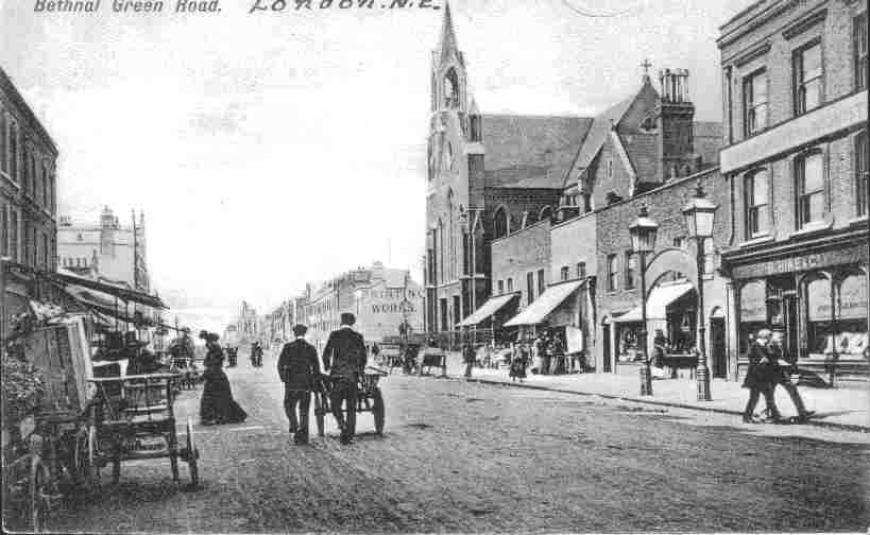Henry Champion made it his business to always check his employer’s premises on a Sunday afternoon. He was employed as housekeeper to a Mr Wilkinson, jeweller, whose shop was at number 3 St Michael’s Alley, Cornhill in the City of London.
On Sunday 22 March 1874 Champion had entered the shop and quickly discovered a large hole had been cut – about 13 inches square – through to the property next door which was owned by a boot maker. Alarmed, the housekeeper ran off to fetch a City policeman.
A detective and several officers arrived and after shedding his heavy uniform coat, one of them managed to squeeze his way through the hole. Meanwhile the remaining police secured the property so no one could escape.
PC Morris Pocock found two men hiding in the shop. The first gave up quickly promising to ‘go quietly’, while the other, when asked what he was doing there responded with a weary:
‘Why you can see we are thieves. Why do you ask that question?’
The burglars were arrested and brought before the Lord Mayor, sitting as magistrate at Mansion House on the Monday morning. Neither of the would be thieves were British; Antonio Purnas gave his home as Brussels, Belgium while Frederick Bucaster was from Frankfort-on-Maine.
The police has discovered all sorts of burglary tools – a jemmy, saws, and a dark lantern – and it appears that the men had broken into the property on Saturday night, with the intention of plundering the jewellers. They had decided to lie low and leave on Sunday under cover of darkness, not expecting Henry Champion to undertake a security check.
They’d not even started stealing Mr Wilkinson’s goods, as the police found nothing missing and very little disturbed. The Lord Mayor remanded them in custody for seven days so the case against them could be properly investigated.
They were back in court a week alter and now their names had changed (or, more likely, clarified) – to Frederick Dagosta and Antonio Dumas, both aged 30. Inspector Tilcock of the City police told the court his men had been unable to work out exactly how the pair had got into the shop in the first place, and added that his officers had previously warned both the boot maker (a Mr Hums) and Mr Wilkinson about their lax security. Perhaps that was why Henry Champion was so adamant about carrying out his weekly checks; he certainly earned his money that weekend.
At the Central Criminal Court, Old Bailey, on 8 April 1874 the men pleaded guilty to breaking and entering and were each sentenced to 18 months imprisonment.
[Morning Post, Tuesday 24 March, 1874; Morning Post, Wednesday 1 April, 1874; https://www.oldbaileyonline.org/record/t18740407%5D







